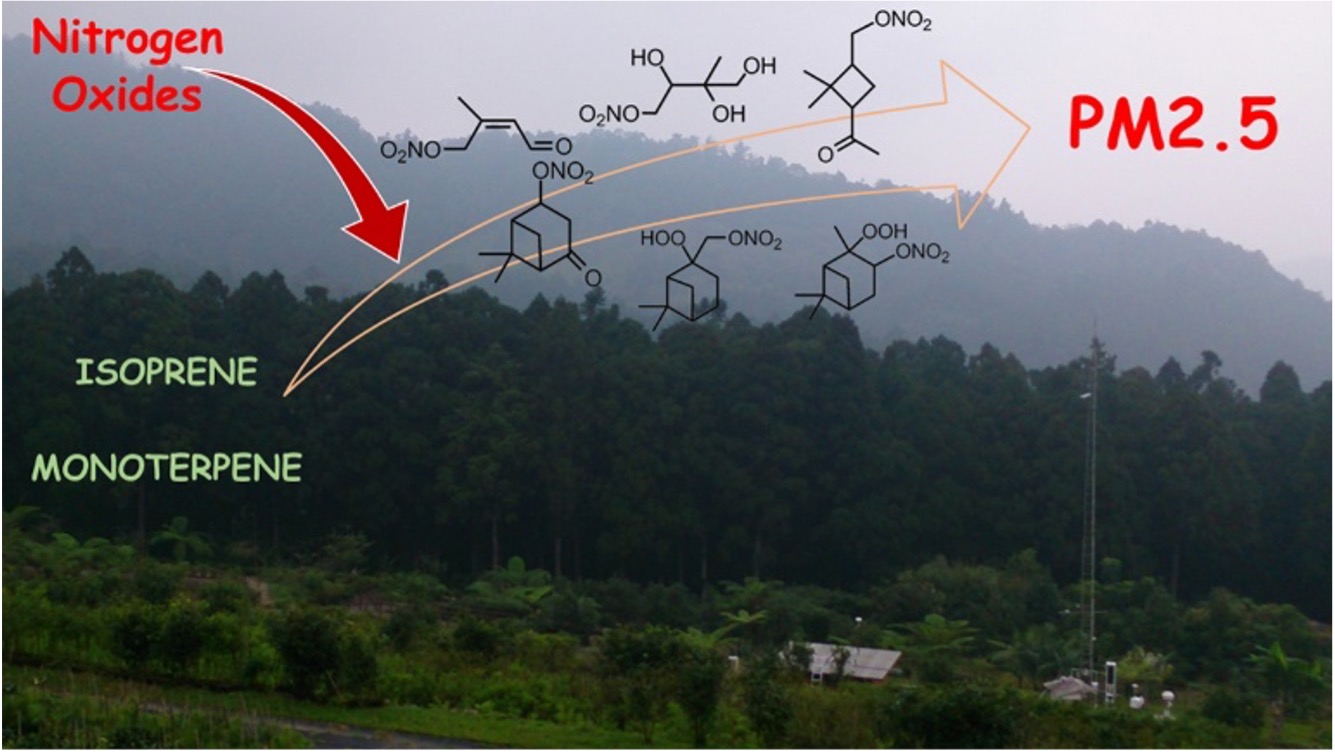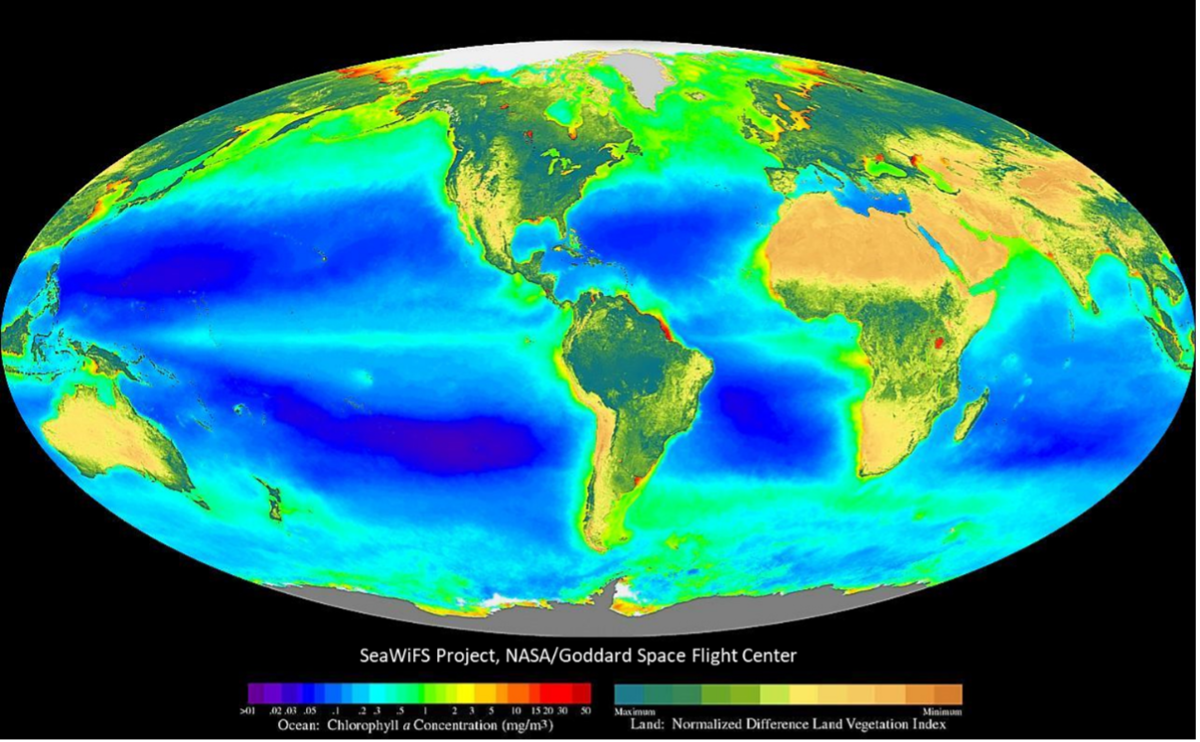TIGPESS
Taiwan International Graduate Program
Earth System Science program
Academia Sinica established the Taiwan International Graduate Program (TIGP) in collaboration with a consortium of key national research universities in Taiwan. Earth System Science (ESS) program is one of 13 programs of TIGP to offer Ph.D. degree agreed upon by Academia Sinica (AS) and its collaborating universities. The current students of this program come from 15 countries with high curiosity and motivations. From 2021, the National Taiwan University (NTU)-Collage of science has joined TIGP-ESS as new program member. The new participation has enlarged the program research and cooperation activities of NTU and AS.
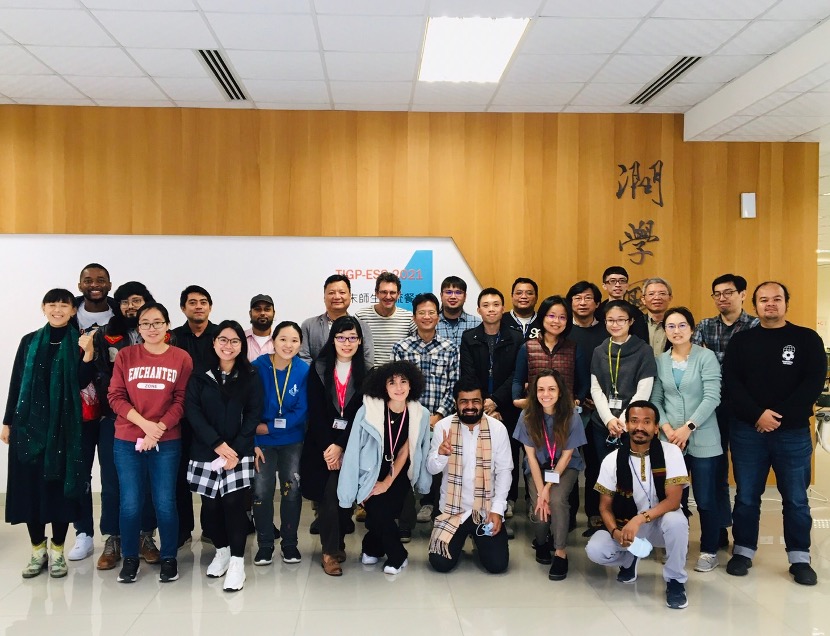
TIGP-ESS students after 2021 welcome party
Program Highlights
TIGP-ESS is a unique Ph.D. training program in Taiwan. It focuses to examine interactions among chemical, physical, biological, and dynamic processes to response the changing Earth in broadband spatial and temporal scales, and to understand the inter-dependence and inter-connectedness of Earth’s fundamental components: the hydrosphere, atmosphere, geosphere, biosphere, and anthroposphere.
1. Hydrosphere: The hydrosphere is the combined mass of water found on, under, and above the surface of the Earth. Water covers about the two thirds of the Earth, and about 1.4 billion cubic kilometer of water in liquid and frozen forms make up the oceans, lakes, streams, glaciers, and groundwaters. Central to any discussion of the hydrosphere is the concept of water cycle, consisting of a group of reservoirs, processes of water transferring from one reservoir to another, and rates of transfer associated with such processes. Beyond water cycle and dynamical processes, biogeochemical properties of the global waters and impacts relevant to climate changes on water resources and environment are important topics as well. By means of in-situ observations, satellite remote-sensing, and numerical modelling, these topics are able to be explored.
2. Atmosphere: The atmosphere is the major component of the climate system. This program covers in terms of quantitative and deductive aspects of the physics, dynamics, and chemistry of the atmosphere, including both basic and applied research. Two research centers are under RCEC, the Anthropogenic Climate Change Center (AC3) and the Air Quality Research Center (AQRC). The AC3 is focusing on patterns in global climate change as well as Taiwan’s local concerns. The AQRC is studying atmospheric physical processes and chemical variations over Taiwan and nearby, particularly the possible causal mechanisms of air pollution and its potential influences on the environment and human society.
3. Geosphere: The interior of the earth is a mixture of rocks and fluid that are constantly churning, transforming, and breaking. New seismic technology has enabled us to see almost every corner of the earth and serve as a powerful tool for probing the inner-working of the Earth. Modern techniques based on high-performance computing, high-pressure mineral physics and isotope geochemistry have great contribution to understand its dynamic evolution. Understanding surface processes of the Earth to mitigate their hazards has become as essential task in a modern society. The program of geosphere is focused on using and advancing geological and geophysical methods to explore the structure and evolution of our dynamic planet, and to integrate and apply the knowledge on the Earth system for its sustainable development in order to satisfy societal needs.
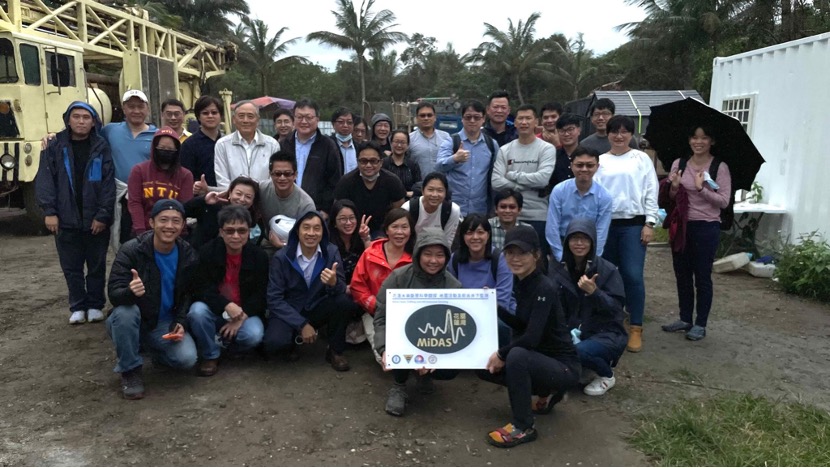
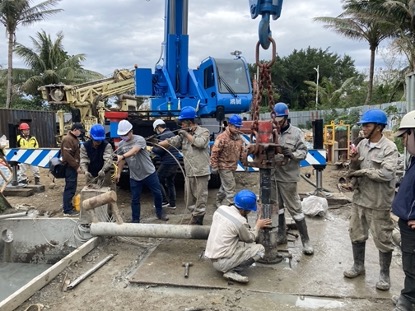
Pioneer project of the Millun, Hualien Taiwan, fault drilling and all-inclusive sensing for earthquake activities and precursors
4. Biosphere: The biosphere is a critical component in Earth Science System. The interaction between the biosphere and the environment drives material cycling and shapes climate changes. Using carbon cycling in the ocean as an example, the rotation and revolution of the Earth bring diurnal and seasonal cycles of daylight and temperature. Surface water temperature varies dramatically in different latitudes and results in either the sinking of surface water or stratified seawater layers in different latitude regions. Wind drives the movement of surface water and bring nutrients to the euphotic zone by mixing and upwelling. The nutrient supply would then promote phytoplankton growth and transport carbon from the atmosphere to the deep water and the lithosphere. The interaction of the biosphere with the environment would regulate CO2 concentrations in the atmosphere and influence climate changes, vice versa.
5. Anthroposphere and Sustainability: The current impacts of human beings result in unsustainable anthroposphere, to tackle this challenge with sustainability science requires intellectual breadth across disciplines. The overall goal of the program is to equip students with a more comprehensive perspective on the anthroposphere and sustainability agenda across themes and disciplines. The program focuses on key knowledge areas of anthroposphere and sustainability theory and practice, including adaptation of eco-systems under global changes, security of critical environmental resources, environmental resilience of cities and communities, human health and wellbeing under dynamic environmental changes, as well as societal transformation and governance for sustainability. This program provides students an understanding of the key challenges and pathways to sustainability - that is, economic development that is also socially inclusive and environmentally sustainable.
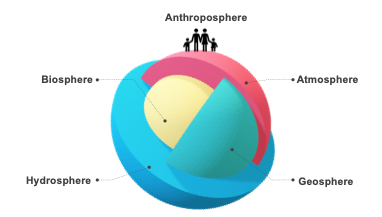
The anthroposphere integrated all components of the Earth system addressed by TIGP-ESS program
Further Goals and Development
The purpose of this program is to develop a pool of highly capable researchers across various fields to establish a multidisciplinary framework of the Earth Sciences to strength the final goal of the sustainable Earth. The green energy plays a key role in energy security and in reducing greenhouse gas emissions of the world. The prospecting of renewable energy from solid earth, ocean and air, and its environmental impact are strongly connecting to themes of the TIGP-ESS. The related issues will be deeply evaluated and designed as the new extension of our program in the near future.
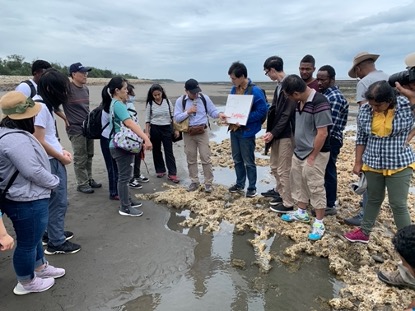
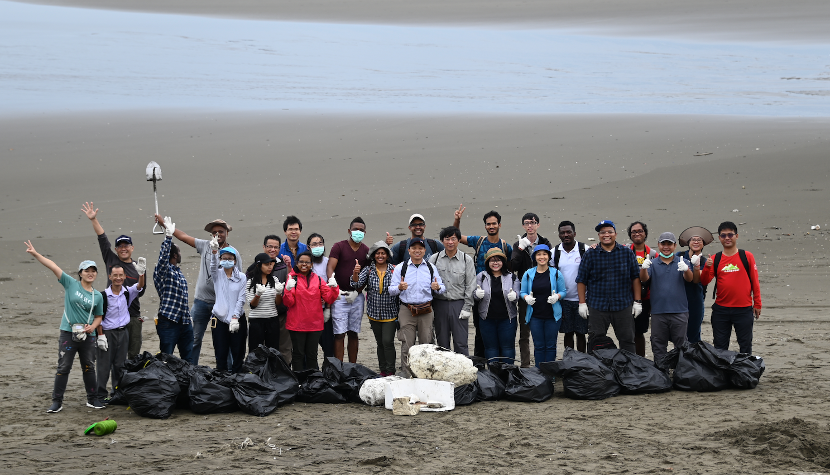
TIGP-ESS geological and environment educational field trip after clean beach activity (Taoyuan Taiwan)





